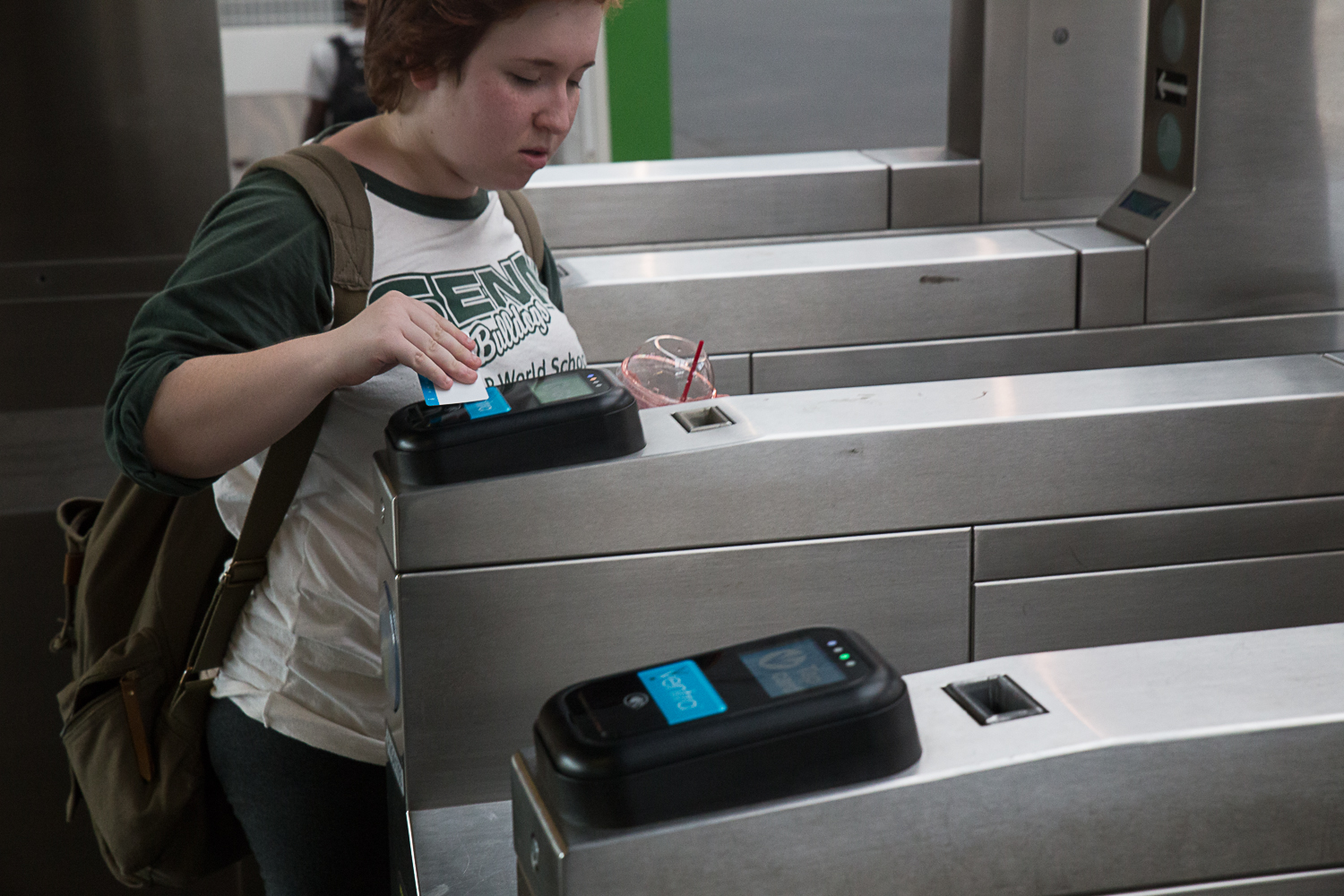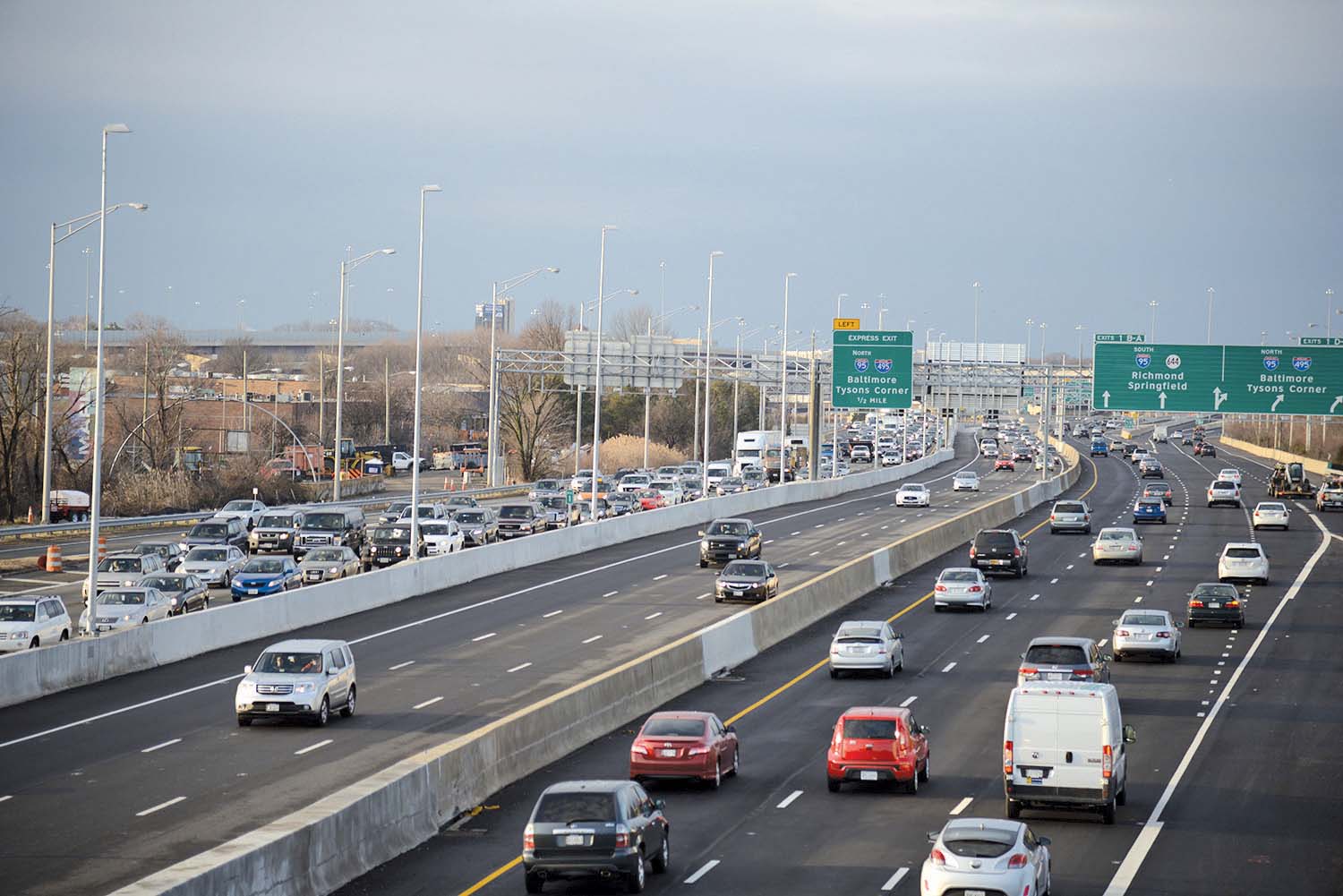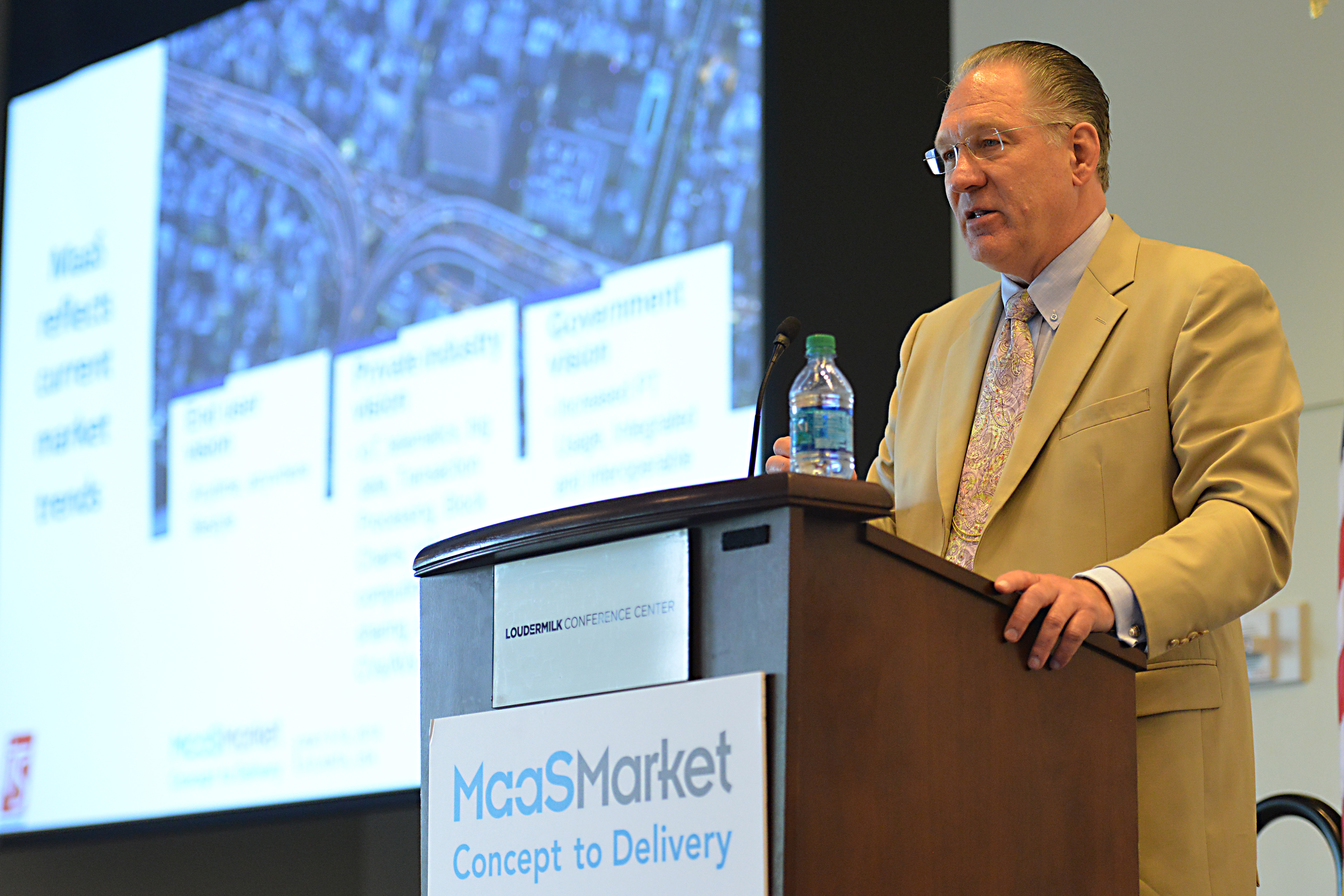
David Crawford on a fast-tracked payment upgrade.
This July saw the completion of the final stage of the implementation of Chicago’s new Ventra open fare payment system on the services of two of the region’s three transit providers, the
The CTA operates the US’ second largest public transportation system, covering the city of Chicago and 40 surrounding suburbs. On an average weekday, it carries around 1.7 million passengers, accounting for over 80% of all transit trips taken in the Chicago metropolitan region. Most use buses, the rest the ‘L’ metro network.
The US$454 million Ventra contract was competitively bid for, and awarded to
This arrangement is designed to allow the transit agency to maintain full control of its fares policy while Cubic operates and maintains the fare system. Cubic executive vice president Matthew Cole told ITS International: “rather than being responsible for producing fare media and collecting fares, the CTA can focus on its core business of providing transportation.”
Effectively, Cubic is bearing the upfront cost of building and installing the hardware and software necessary to implement an open payment overlay onto the previous transit-only, proprietary-fare system. It is providing, supporting and maintaining the fare-collection equipment, carrying the operating costs and the credit/debit card processing fees as well as the risks of security breaches.
The CTA owns the system, and retains full control of fare policy, while paying Cubic via a base charge and monthly per-tap transaction fee from the revenues received. Recovery of the company’s investment started on 1 January 2014 with the initiation of the services phase of the contract.
Transitioning to Ventra, which launched in autumn 2013, paused in November of that year to resolve accretion of system issues and to allow the incorporation of some specific passenger-friendly enhancements requested by CTA. It resumed in April 2014 following the achievement of specified performance benchmarks and agreement on the enhancements, which involved:
Application of clear graphic decals on railway station fare gates and buses to indicate the correct place to touch cards on the mobile reader;
Upgrading of performance standards to speed up transaction times to an average of 0.42 seconds at railway fare gates and 0.56 seconds on bus readers;
Upgrading of reader screens to enable the provision of useful information to passengers such as ‘card not read’, ‘insufficient fare’ and ‘card/ticket expired’; and Equipping mobile readers on buses to provide passengers their account balances when requested.
Said Cole: “The CTA continues to work very closely with us on monitoring performance, which has been meeting its expectations since the beginning of 2014. Currently, 97% of rides are being paid for with Ventra, reflecting a fare system that is working well and meeting the required standards.”
The CTA estimates that the PPP model, coupled with the move to open payments, will save it US$5 million a year in the costs of operating and maintaining the old fare system.
According to Cole, the implementation of Ventra, represents the “first fully adopted open standards fare system in the world” and it has processed well over 206 million transactions since launch. It follows on in the company’s PPP pedigree from the 1998 contract with
The main drivers for the introduction of Ventra was CTA’s need to replace the ageing and increasingly obsolete fare system with diminishing availability of closed-loop Chicago Cards. In addition, the government of the State of Illinois had mandated for the creation of a unitary fare payment system for regional transit across the Chicago region by 2015.
The chip being used in the Chicago Card was 17 years old, well beyond any typical lifespan. The main reason why it continued to be produced was that the manufacturing process used the same equipment as that of the chips for the 1990s video game Game Boy, which kept the technology alive.
When production of the game ended in the mid-2000s, the CTA bought the remaining chips to use in Chicago Cards. But it could find no manufacturer to replicate the item because of its outdated technology.
The Illinois State mandate covers the operations of the CTA, Pace buses and a third network - the Metra suburban commuter rail network. With Pace included in the current contract from the outset, the CTA is currently in discussions with Metra on the basis of the inbuilt capability of an open standards fare system such as Ventra to integrate additional implementations. If these discussions proceed according to plan, Cubic will have the role of bringing in the third operator.
Under the terms of the contract, Cubic had until January 2014 to reach key milestones and start getting paid. These included achieving wait times of less than five minutes for the Ventra customer hotline, 99% of Ventra equipment working properly; and fare transactions being processed within 2.5 seconds for 99% of the time.
The launch phase was tight. Says Cubic chief financial officer, Jay Thomas: “The driving force here was CTA putting everyone on notice that they had to convert to a new card in a very short time period – an unusual rollout strategy, but it was what the customer wanted.”
Initially, Cubic had substantially to increase its call centre workforce to get the system operating smoothly. Says Cole: “As is often the case, certain transitional milestones trigger higher levels of customer interaction.
“The Ventra call centre is now delivering customer services well within the levels specified by the CTA and daily call volumes are stable on a comparable day-to-day basis (Cubic also operates call centres in three other North American cities). Additionally, a number of CTA and Pace passengers are using available self-service channels such as integrated voice response and the Ventra Chicago website to manage their individual Ventra accounts.
Slow uptake of PPP in the US
The US is lagging behind other developed nations in developing the PPP concept, according to a senior Washington politician. Congressman Bill Schuster, chair of the US House of Representatives’ Committee on Transportation and Infrastructure, was hosting a recent roundtable discussion between a specialist panel of committee members and spokespersons of major US financial institutions.
It followed a February 2014 report to the US Congress by the US Department of Transportation, which stressed the need for the country to reinvest in its infrastructure, “portions of which are nearing or have reached the end of their useful life.” The report specifically highlighted a US$86bn backlog in needed transit investments.Another early problem that arose was the double charging that occurred when a card user tapped more than once on the fare gate reader. In response, Cubic has improved response times to enable the money that has been pre-loaded onto a card to enter the system more quickly, to help prevent multiple taps, and made other supporting software changes.
Says the CTA’s Lambrini Lukidis: “The CTA closely monitors the system performance to make sure the fare system continues to provide the level of quality service that our customers expect. The 1 May and 1 June 2014 milestones came and went without any problems being reported by passengers.”
Data collected throughout May shows that 99.99% of taps on rail were processed in 2.5 seconds or less. Tap processing times by duration for bus and rail passengers are illustrated in the tables.
Looking ahead, Cole expects the company’s NextCity vision for transportation payment and information systems to generate further opportunities, “some of which may require similar funding deals. But each opportunity will be assessed on a case-by-case basis.”
Other suppliers and partners involved in the Ventra deployment include global payment processor First Data Corporation, strategic communications consultants Grisko, web developer%$Linker:
| Tap Times (Seconds) | Count | % |
|---|---|---|
| ≤ 0.5 | 13,174,821 | 91.79 |
| 0.6-1.0 | 1,052,915 | 7.34 |
| 1.1-2.5 | 125,976 | 0.87 |
| >2.5 | 81 | 0.01 |
| Cumulative: 99.99% |
| Tap Times (Seconds) | Count | % |
|---|---|---|
| ≤ 0.5 | 14,147,211 | 76.06 |
| 0.6-1.0 | 1,585,907 | 9.53 |
| 1.1-2.5 | 2,863,899 | 15.40 |
| >2.5 | 3,707 | 0.02 |
| Cumulative: 99.98% |











